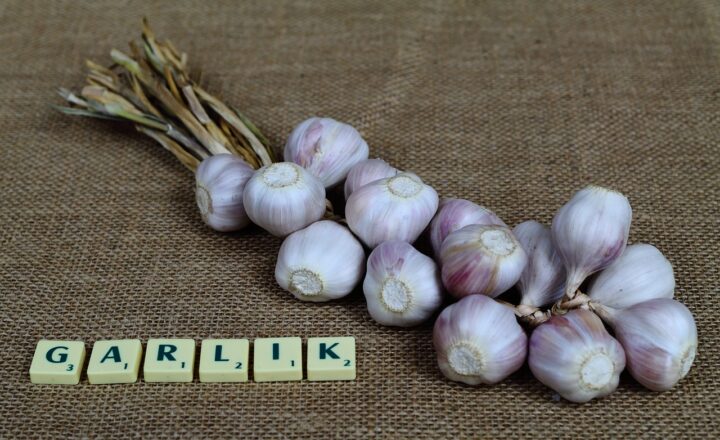
Learning a new language can be an exciting yet daunting task, especially when that language involves a completely different writing system. For those venturing into the world of Japanese, understanding its two syllabaries—Hiragana and Katakana—is essential. This guide will walk you through each of these scripts, their purposes, and tips for mastering them effectively.
1. Introduction to Hiragana and Katakana
Hiragana and Katakana are two of the three writing systems used in Japanese, the third being Kanji. Each script represents syllables, making them phonetic rather than logographic like Kanji.
– Hiragana: This script is primarily used for native Japanese words and grammatical particles. It has 46 basic characters that represent the sounds of the language.
– Katakana: Used mainly for foreign words, loanwords, and onomatopoeia, Katakana also consists of 46 characters equivalent to Hiragana.
Understanding both scripts is crucial for reading and writing in Japanese effectively.
2. The Importance of Learning Hiragana and Katakana
Before diving into the specifics, it’s critical to grasp why these characters are important:
– Foundation for Japanese Language: Hiragana serves as the basis for all Japanese text, while Katakana is essential for adapting foreign concepts into the language. Mastering both opens the door to understanding more complex Kanji characters.
– Enhances Communication: By knowing these scripts, learners can read and write simple sentences, improving their overall language comprehension and confidence.
– Cultural Appreciation: Learning these scripts allows you to engage more deeply with Japanese culture, literature, and media, enriching your experience as you navigate through the language.
3. Getting Started with Hiragana
3.1 Understanding the Characters
Hiragana is made up of 46 basic characters, each representing a specific syllable. Here’s a breakdown of how to approach learning them:
– Vowels: The vowels in Hiragana are あ (a), い (i), う (u), え (e), お (o).
– Consonants: Combine these vowels with consonants to form different syllables. For example, か (ka), き (ki), く (ku), け (ke), こ (ko).
Start by memorizing these characters one at a time, using flashcards or apps designed for language learning.
3.2 Tips for Memorization
– Practice Writing: Repetition is key. Practice writing each character until you can do so from memory.
– Use Mnemonics: Create stories or images in your mind that link the sound of the character with its shape. For instance, the character さ (sa) could remind you of a sea turtle because of its resemblance.
– Reading Practice: Try reading simple texts written in Hiragana. Children’s books or Hiragana reading practice books can be a great resource.
4. Transitioning to Katakana
4.1 Distinction Between Scripts
Once you’re comfortable with Hiragana, you can start learning Katakana. Although similar in number (46 characters), Katakana has a distinctive angular appearance. Here’s what you need to know:
– Purpose: Use Katakana for foreign words such as カメラ (kamera, camera) or names like アメリカ (Amerika, America).
4.2 Mastering Katakana
– Write Familiar Words: Start with English words that are commonly used in Japan, such as コーヒー (ko-hi-, coffee) or チョコレート (chokoreeto, chocolate).
– Flashcards: Similar to Hiragana, use flashcards but focus on foreign loan and modern terms for Katakana.
Reading practice is equally vital in Katakana. Look for bilingual signs, menus, or Japanese media with subtitles.
5. Integrating Both Scripts into Your Learning
5.1 Combining Your Knowledge
After mastering both scripts, practice by mixing them. Try writing sentences that incorporate both Hiragana and Katakana with the following tips:
– Sentences: Write simple sentences that use Hiragana for native words and Katakana for loanwords. Example: これはカメラです (kore wa kamera desu, this is a camera).
– Apps and Resources: Use language apps like Duolingo or Anki to engage with both scripts interactively.
5.2 Resources for Continued Learning
– Books: “Remembering the Kana” by James W. Heisig provides mnemonics and writing exercises.
– Online Exercises: Websites like Duolingo, Lingodeer, or Memrise offer structured lessons for practicing both scripts.
6. Conclusion: Your Path to Proficiency
Mastering Hiragana and Katakana will pave the way for further exploration and understanding of the Japanese language. While it may seem challenging at first, consistent practice, engagement with resources, and daily reading will dramatically enhance your skills.
By embedding these scripts into your daily life, you give yourself the foundation necessary to delve into Kanji and start building your fluency in Japanese. The journey may be long, but every stroke of the pen and syllable learned takes you one step closer to mastery.







